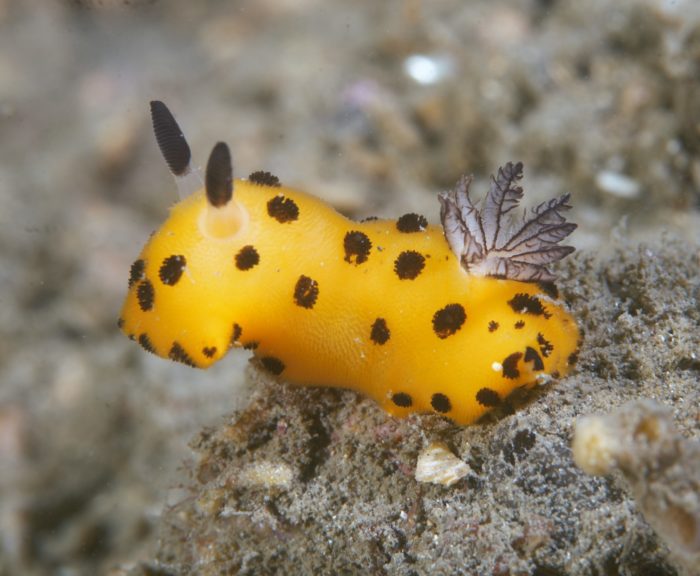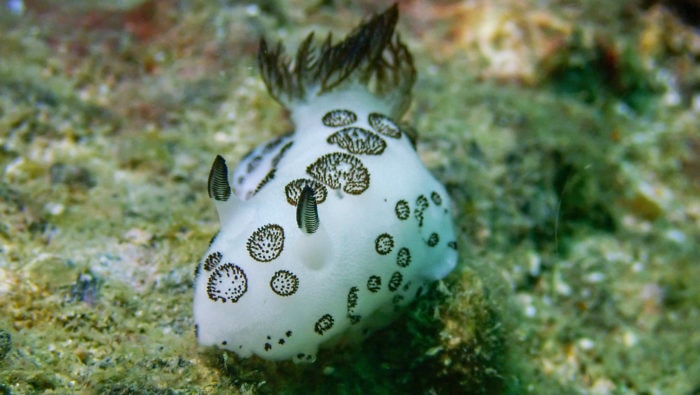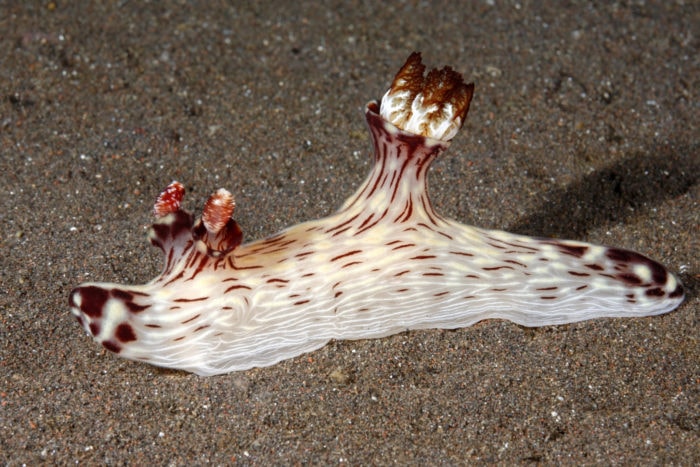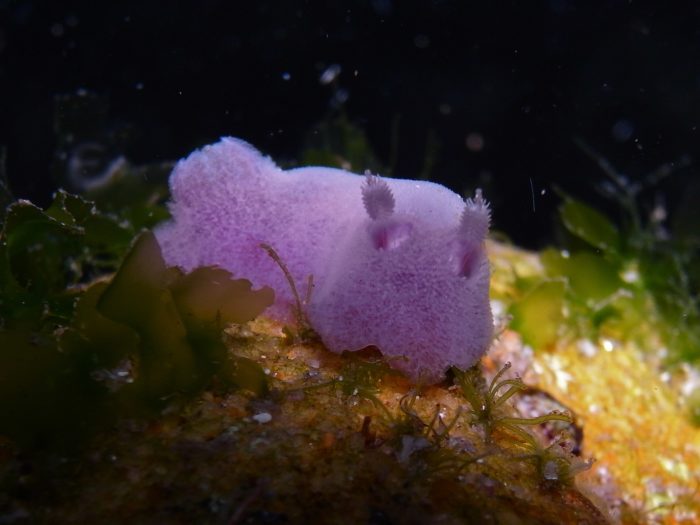The wonderful sea bunny has (almost) equally wonderful friends

Bec Crew
Bec Crew

NOT BECAUSE THE internet hasn’t talked about it enough already – because oh boy, has the internet talked about the sea bunny – but because the sea bunny belongs to a family full of nudibranchs that also look bonkers.
A member of the Jorunna genus of sea slugs, the sea bunny nudibranch (Jorunna parva) gets its nickname from its fuzzy appearance and two long ‘ears’, which are actually rhinophores – sensory organs used for picking up on chemical signals in the water.
That fuzziness is also in aid of sensing what’s going on around the sea bunny. Rather than hairs, the fuzziness consists of caryophyllidiae – fleshy protuberances – and needle-like structures called spicules, which together give that speckledy appearance, and help the sea bunny ‘sniff’ what’s going on around it.
While most J. parva nudibranchs are yellow and black, the rare black and white form truly has captured the internet’s heart:
Japan might be the sea bunny’s spiritual home, because where else would cartoons like this be dreamt up, but the good news is that it also hails from places like the Philippines, Tanzania, Papua New Guinea, and yep, even the north and east coast of Australia.
But our sea bunnies look weird. So weird, scientists are wondering if some J. parva nudibranchs might actually be a whole different species:

J. parva spotted off the coast of Australia. (Image credit: John Sear)
While not quite as cute, J. parva’s genus-mates are all pretty weird in their own right.
There’s J. pardus, from California, which at 60 mm long is huge compared to the sea bunny’s 20-mm stature (less than the length of your finger tip).
There’s Jorunna funebris, found throughout the Indo-Pacific region, including Australia and New Caledonia:

(Image credit: Pearawas Tangjitaurboon/Shutterstock)
There’s J. rubescens from Indonesia, which looks like it’s swallowing a jellyfish through a hole in its back:

(Image credit: cbpix/Shutterstock)
And then there’s this mystery Jorunna species, spotted in a Bronte Beach rockpool in Sydney, which is almost ludicrously purple:

(Image credit: Sylke Rohrlach/Wikimedia)
Of course, the sea bunny doesn’t just hang out with members of its own genus. In Japan, it’s got an almost-as-adorable friend, the leaf sheep nudibranch (costasiella kuroshimae):
And here’s a whole bunch of the little weirdos:




